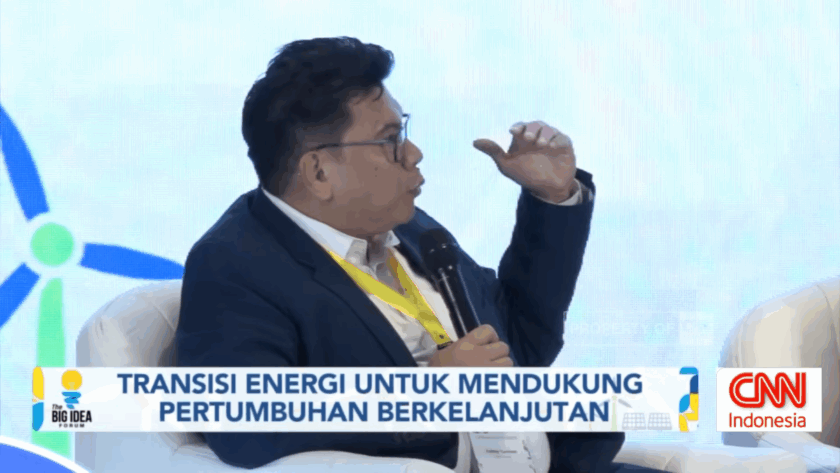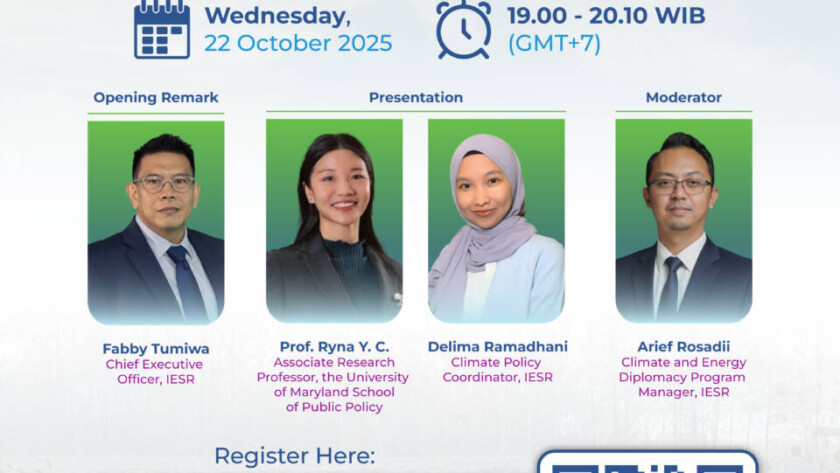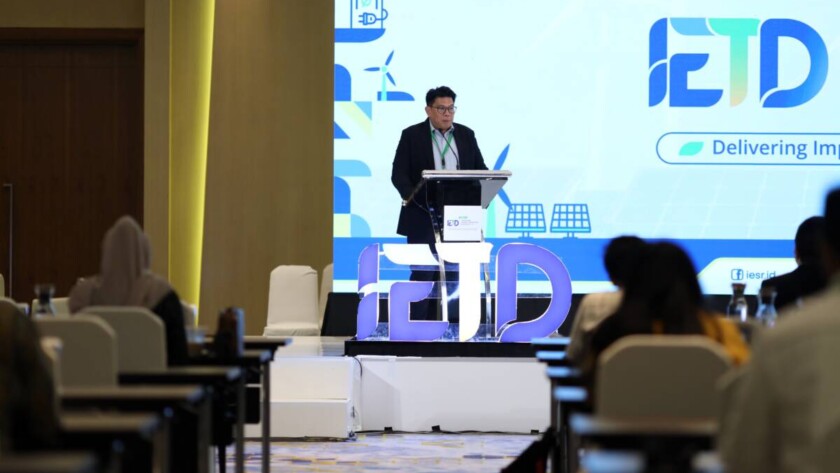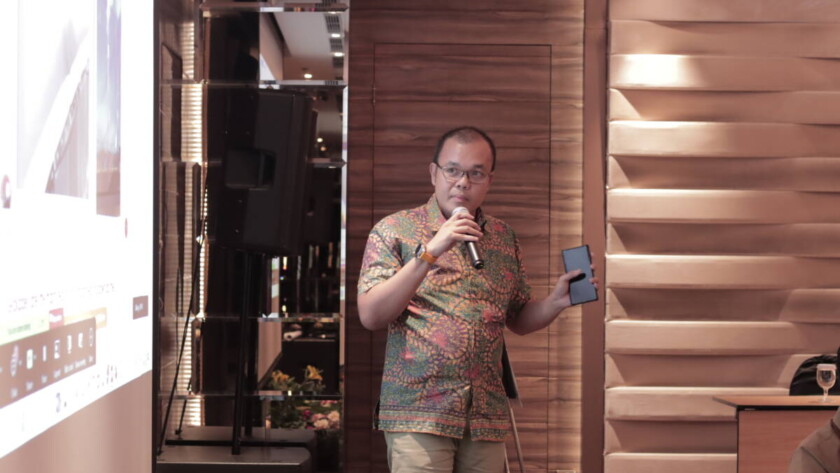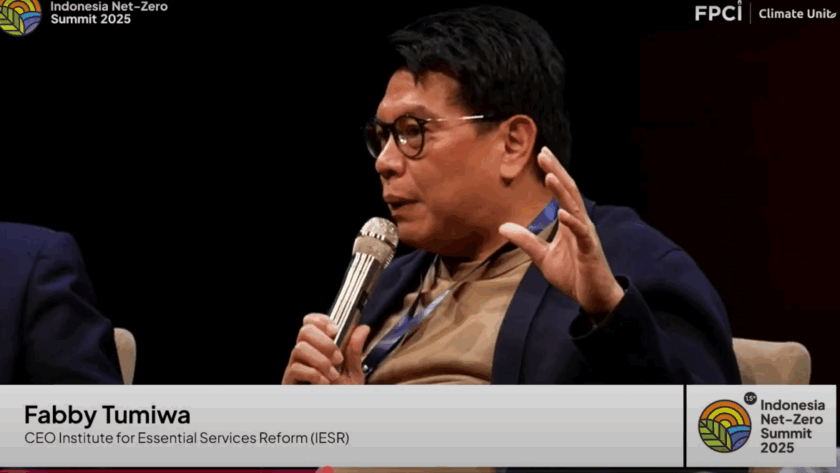Jakarta, October 20, 2025 – Hot temperatures and weather anomalies are currently hitting various regions in Indonesia. Although considered a seasonal phenomenon, the rise in global temperatures due to increased concentrations of greenhouse gases (GHG) in the atmosphere has worsened their intensity. The Institute for Essential Services Reform (IESR) urges the Government of Indonesia to…


